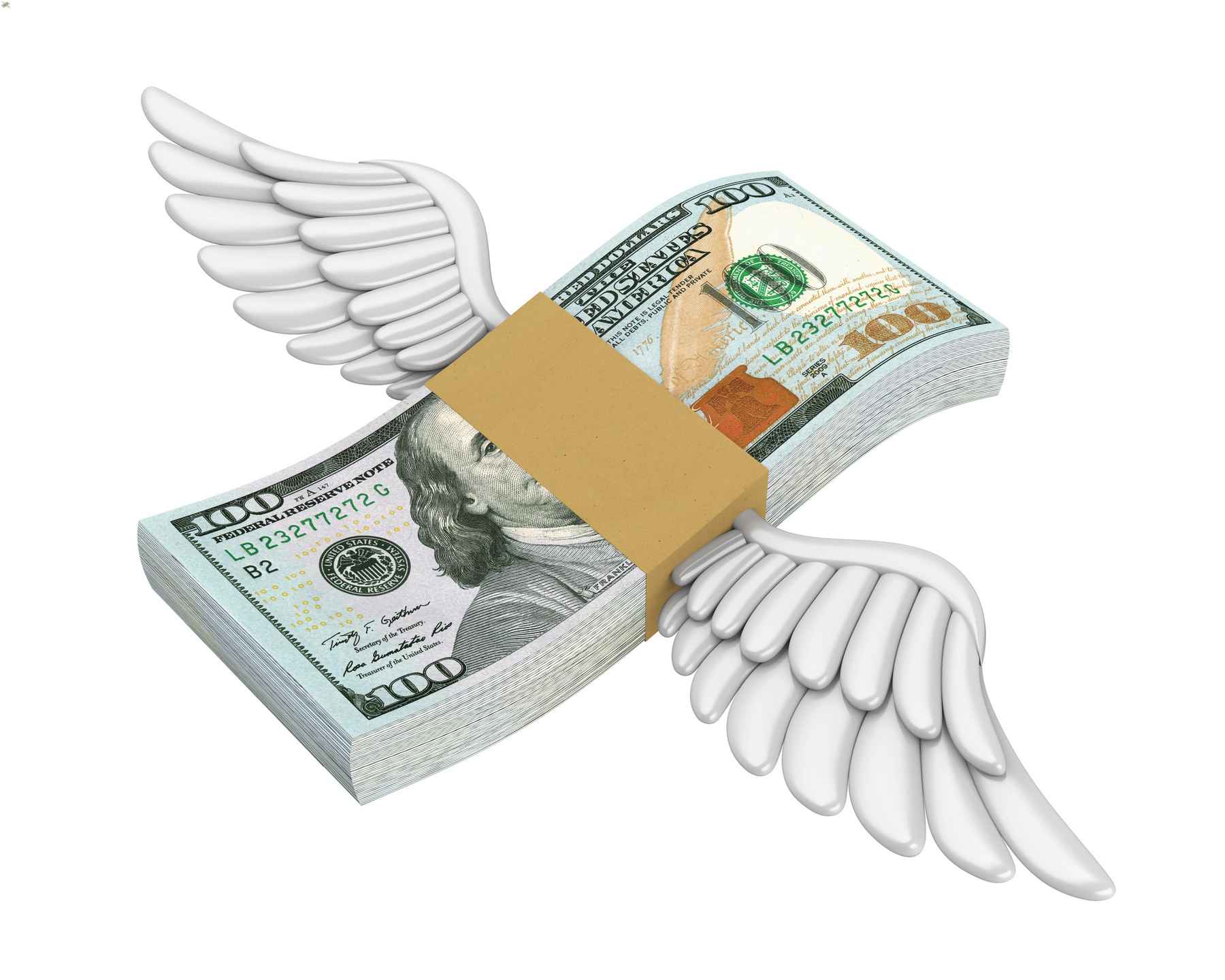Higher and Higher
Dek goes here…
As part of a discussion during Food & Wine’s American Express Restaurant Trade program, Brian Canlis, co-owner of Seattle’s legendary Canlis restaurant, spoke out about menu prices post-shutdown. “We were too cheap before,” he says, despite having a pre-COVID, four-course menu that began at $145. “The whole world needs to spend more money [on food]. I shouldn’t be able to buy a burger for $5 down the street.”
Hearing that Canlis was too cheap is startling—but every restaurateur knows the math behind that number—labor, benefits, rent, product, linens, etc.—the rising costs, and the need to rework the industry as a whole. So just how much can you raise prices without customers balking?
For Amy Barrett, co-owner of Tables in Denver’s Park Hill neighborhood, it’s not so much about a certain figure or percentage as it is about awareness. “Before COVID, we had more pushback than we do now,” she says. “Now it’s in the news. [Guests’ own] meat prices are going up, their cleaning supplies are going up, they can’t find Lunchables or whatever crackers they like because they’re just gone. I think the consumer is really getting that now.”
But awareness doesn’t take away that it’s become vastly more expensive to run a restaurant—just look at U10 scallops, which have risen from $21 to $31 a pound. The key, says Barrett, is that you don’t have to make 30 percent food cost on every menu item; total food costs just have to average 30 percent. “Our soup used to be $6; now it’s $7. We raised our tuna tartare a dollar [from $15 to $16]. The price of trout has stayed the same, but we’ll raise it from $24 to $26,” she explains. “Our veggie dish is $21, but we’ve put a lot of thought into it. We try to have a balance. I go to places where the Caesar salad is $13, but ours is still $8.”
Talk to us! Email your experiences (and thoughts, opinions, and questions—anything, really) to askus@diningout.com.
